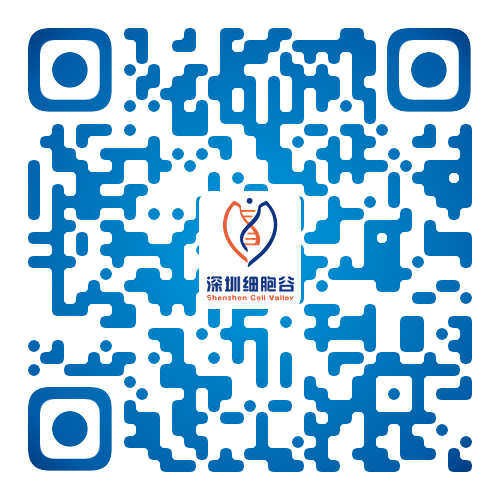Adeno-associated virus vector
Adenoviral vectors efficiently transduce the majority of mammalian cells and exist in host cells as free DNA. This vector system is a preferred method for introducing foreign genes into the body, and it is often used for gene therapy and vaccines.
Adenovirus vectors are derived from adenovirus inducing the common cold, and the wild-type adenovirus genome is linear double-stranded DNA.
Adenovirus recombinant vector constructs was transfected into packaging cells. During packaging, the DNA fragments located between the two inverted repeats (ITRs) are further packaged into viral particles with the viral proteins expressed by the packaging cells.
When the virus transduced the host cell, the foreign DNA between the two ITR enters the cell along with the viral genome together and exists in the nucleus as free DNA.
For more information on adenoviral gene expression vectors, please refer to the following literature.
Adenovirus vectors are derived from adenovirus inducing the common cold, and the wild-type adenovirus genome is linear double-stranded DNA.
Adenovirus recombinant vector constructs was transfected into packaging cells. During packaging, the DNA fragments located between the two inverted repeats (ITRs) are further packaged into viral particles with the viral proteins expressed by the packaging cells.
When the virus transduced the host cell, the foreign DNA between the two ITR enters the cell along with the viral genome together and exists in the nucleus as free DNA.
For more information on adenoviral gene expression vectors, please refer to the following literature.
| Reference Documentation | Theme |
| Proc Natl Acad Sci U S A. 91:8802 (1994) | The 2nd generation adenovirus vectors |
| J Gen Virol. 36:59 (1977) | A packaging cell line for adenovirus vectors |
| J Virol. 79:5437 (2005) | Replication-competent adenovirus (RCA) formation in 293 Cells |
| Gene Ther. 3:75 (1996) | A cell line for testing RCA |
Previous: Lentivirus vector



